Elephants: Gentle Giants With Big Brains, Big Hearts & Bigger Appetites
Meet the Elephant
They’re massive, majestic, and surprisingly gentle. Elephants are the world’s largest land animals—and some of the most intelligent and emotional creatures on the planet. In this joyful deep dive, we’ll explore their lives, their families, and the incredible features that make elephants so unforgettable.
In this post, we’ll dive into what makes them so unique—from their massive size, to their adorable babies.
Species Overview
There are three living species of elephants, each with unique features and habitats:
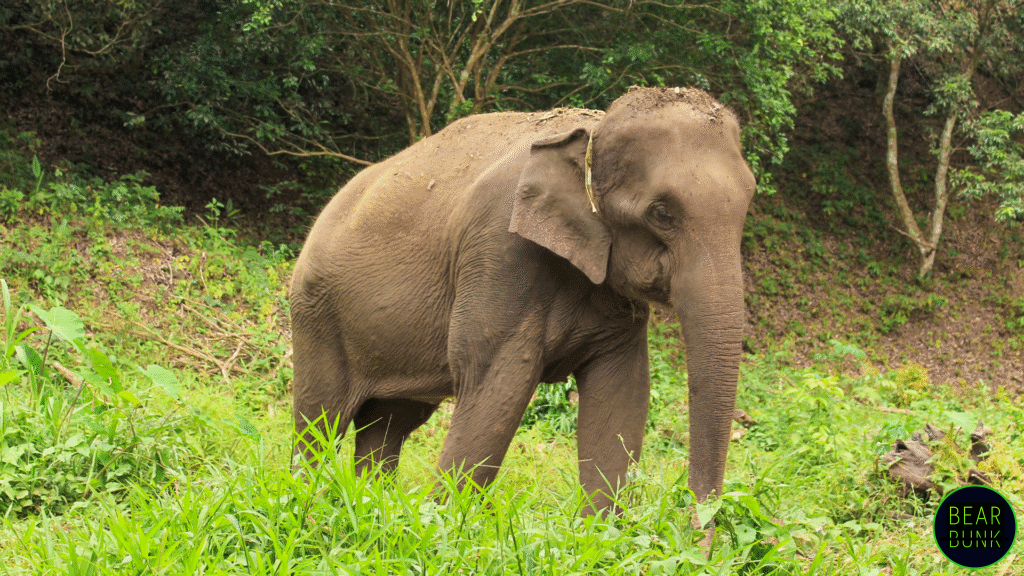
Asian Elephant (Elephas maximus)
Found in forests and grasslands throughout South and Southeast Asia, Asian elephants are smaller than their African cousins. Only some males have tusks, and they have smaller, rounded ears.
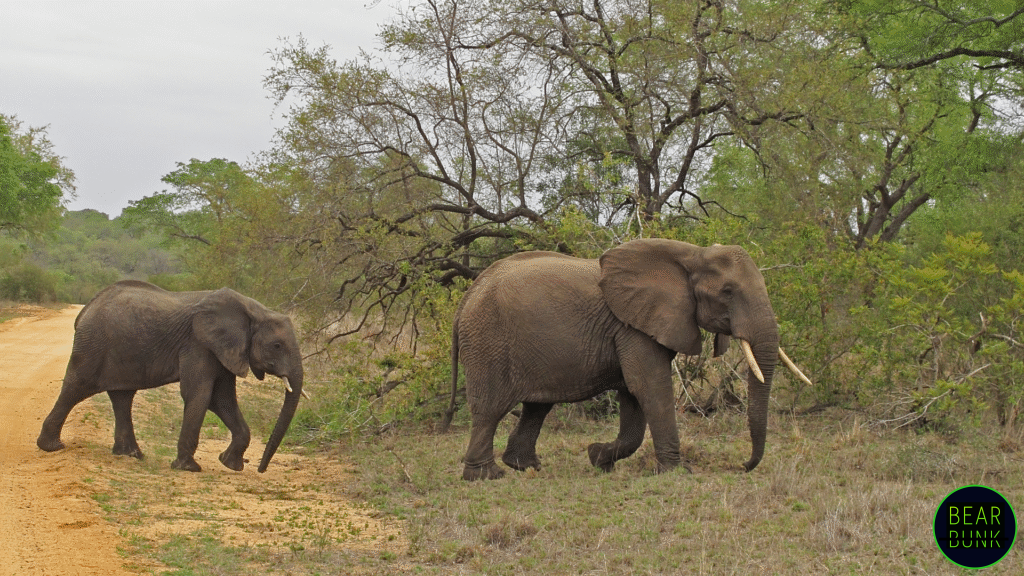
African Savanna Elephant (Loxodonta africana)
The largest of all elephants, these gentle giants roam grassy plains and savannas across sub-Saharan Africa. They have large ears shaped like the African continent and both males and females can have tusks.
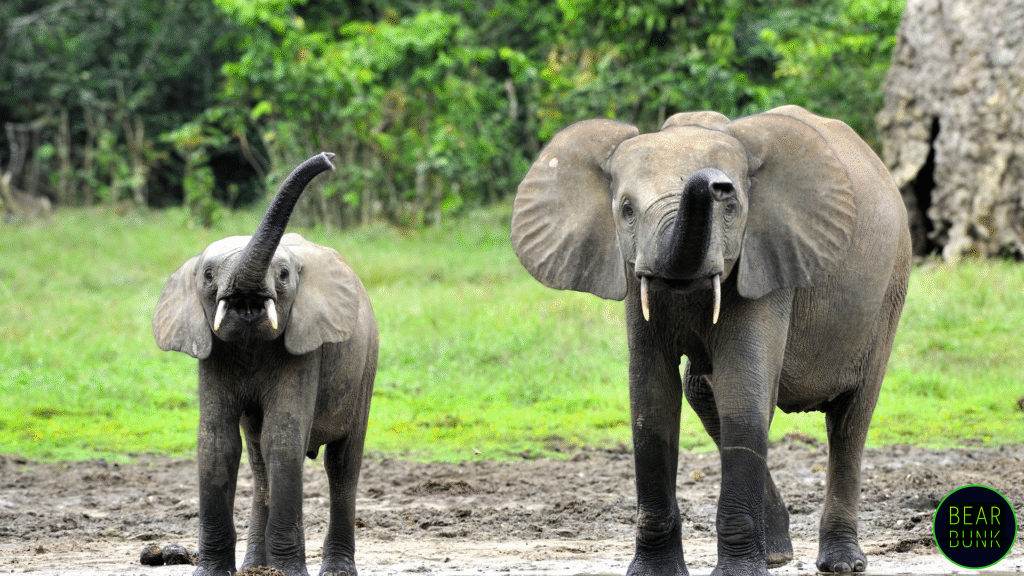
African Forest Elephant (Loxodonta cyclotis)
Smaller and more elusive, forest elephants live in the dense rainforests of central and West Africa. They have straighter tusks and rounder ears, and are sadly the most understudied of the three species.
Habitat
Elephants thrive in a wide range of environments:
Mountainous regions and scrublands
Their habitat often depends on seasonal water and food availability, and they migrate long distances to find both.
African savannas and grasslands
Tropical forests in Africa and Asia
Diet
Elephants are herbivores with giant appetites. On average, they eat 300–400 pounds of food per day, including:
- Grasses
- Leaves
- Fruit
- Bark
- Roots
They also drink up to 50 gallons of water each day. With their strong trunks and sharp tusks, elephants can strip bark from trees and dig for underground water in dry seasons.
Mating, Babies, and Raising Young
Elephants form tight social bonds, and family life is at the center of everything they do. Females live in herds led by a matriarch, while males leave the herd when they mature.
Mating usually occurs during rainy seasons. Males enter a hormone-fueled state called musth, which makes them more aggressive and ready to mate.
🐘 Elephant babies are the biggest in the animal kingdom!
- Gestation: 22 months (longest of any mammal)
- Birth weight: 200–250 pounds
Calves stay close to their mothers and are cared for by the whole herd. They nurse for several years and learn important skills—like how to use their trunk—through play and observation.
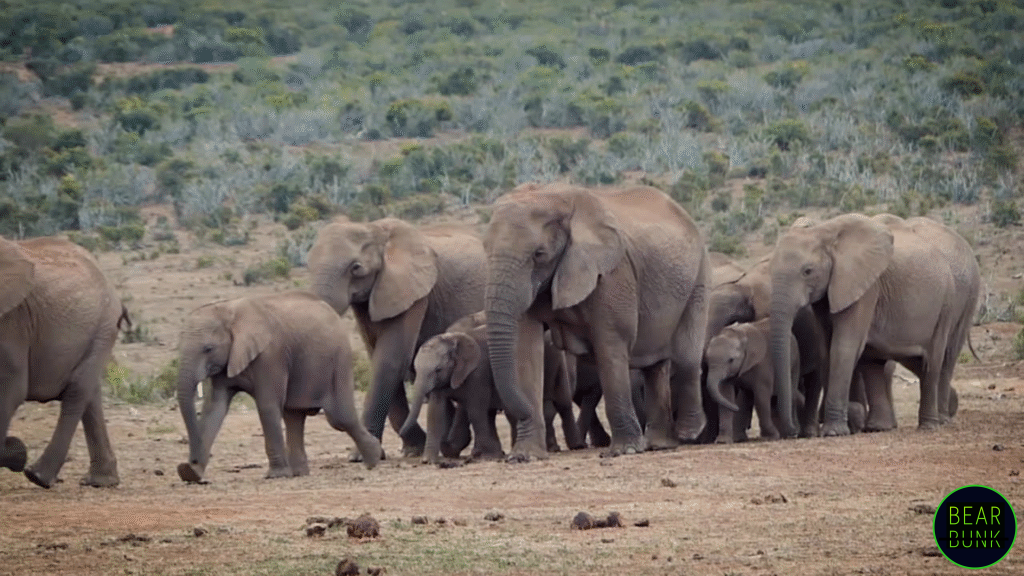
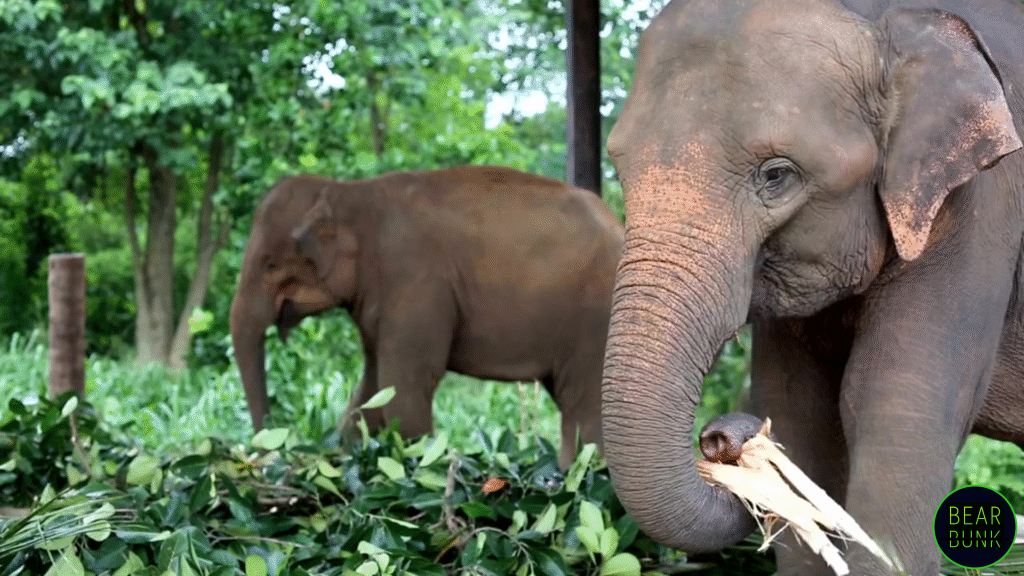
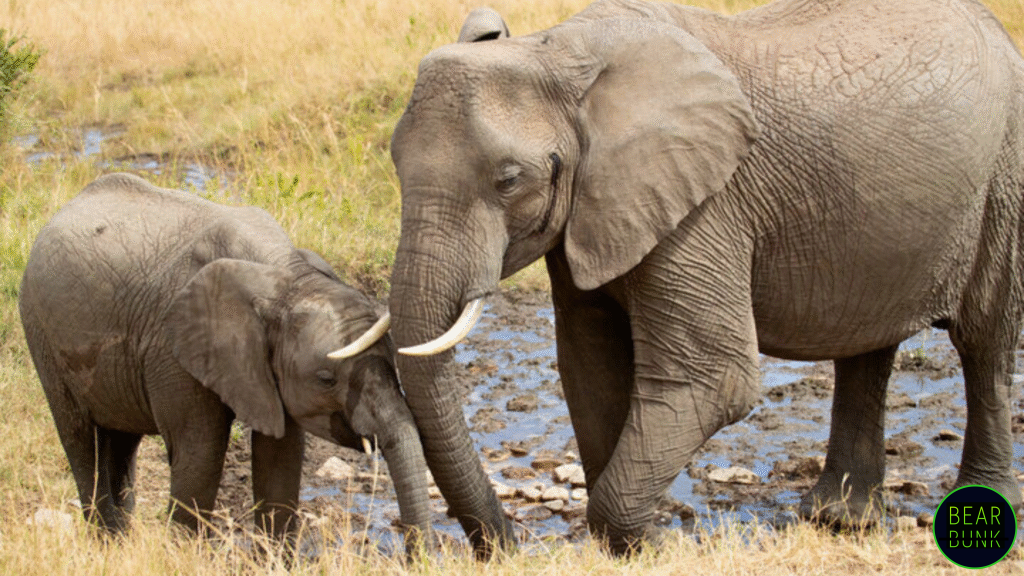
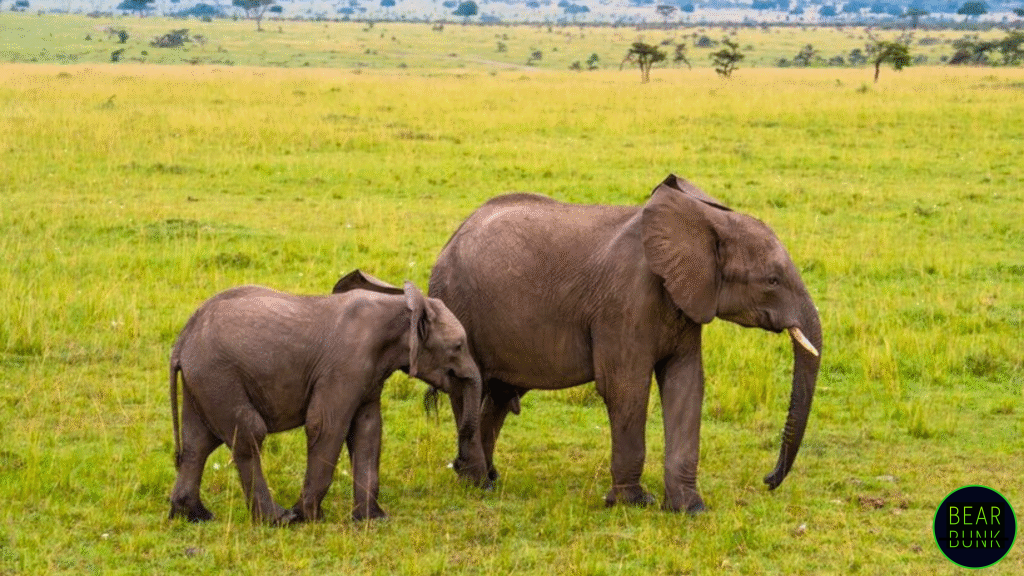
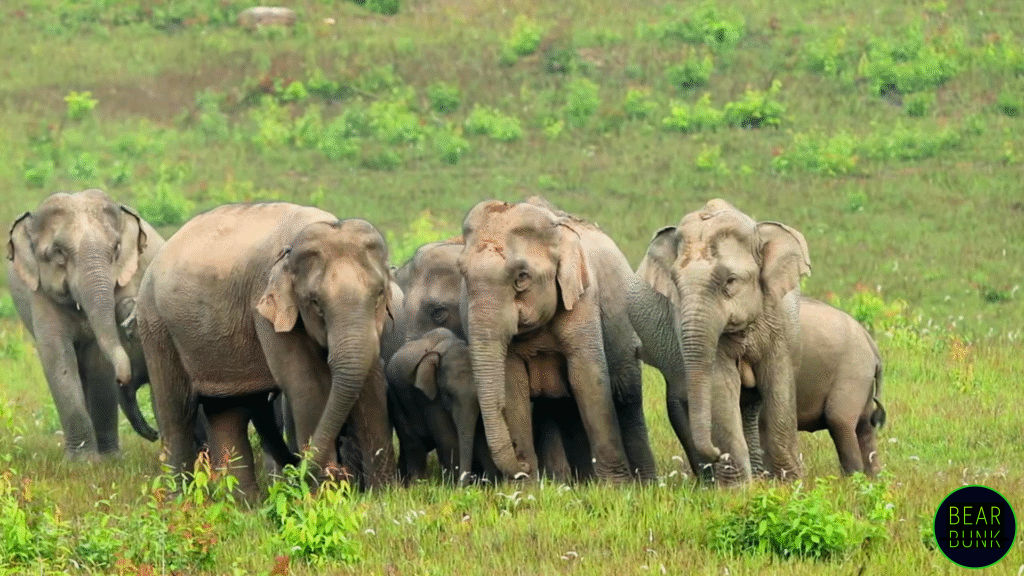
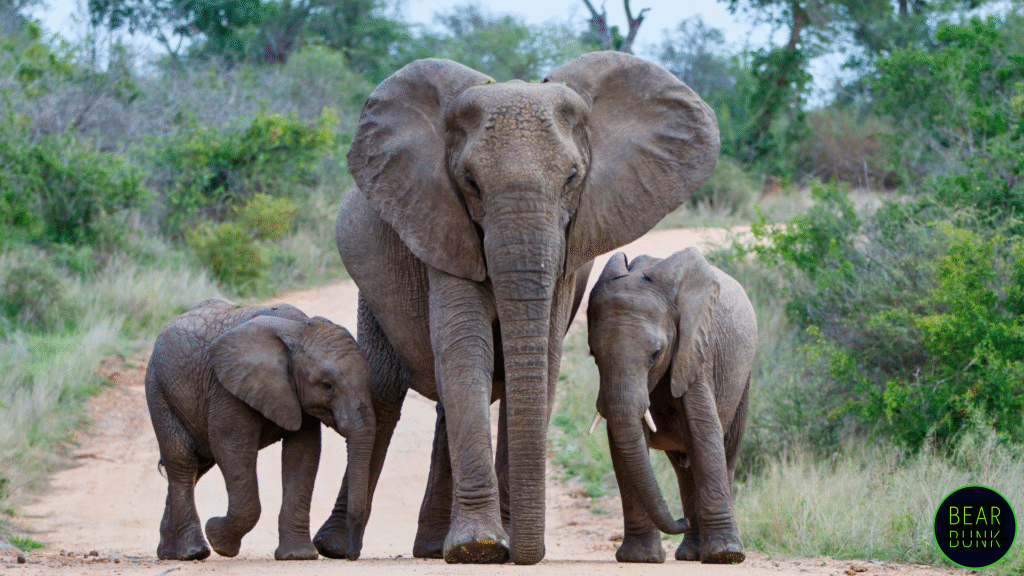
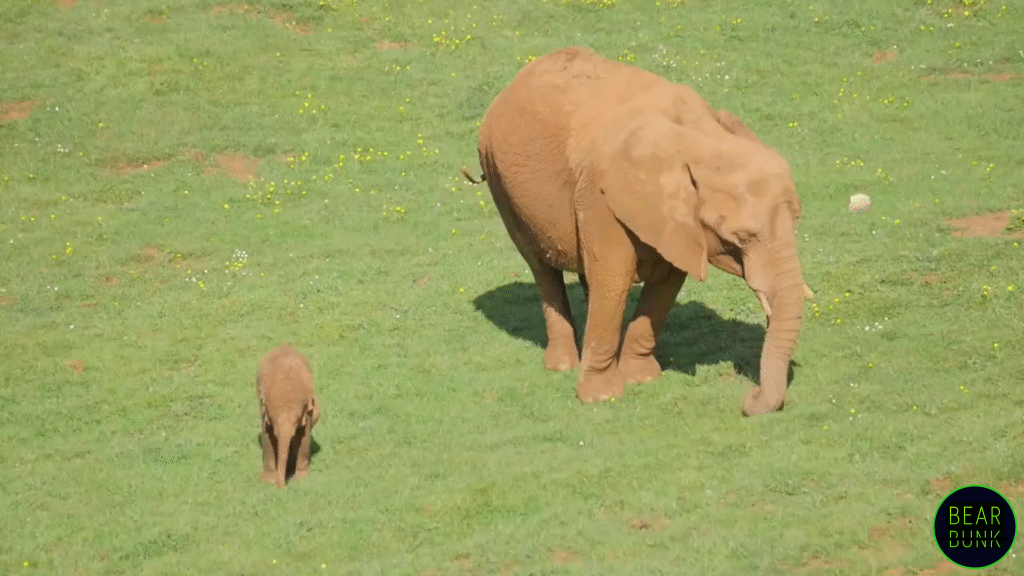
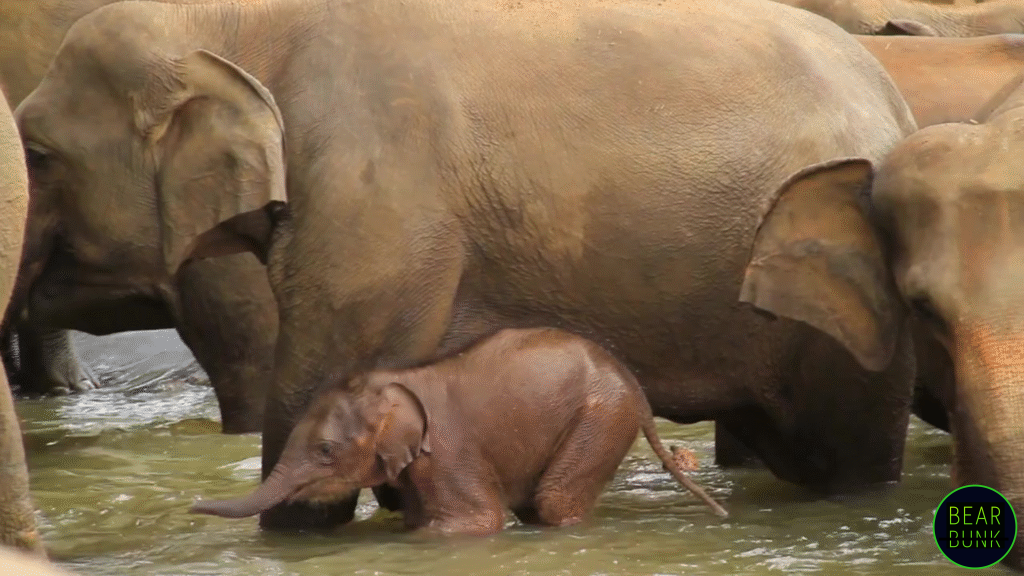
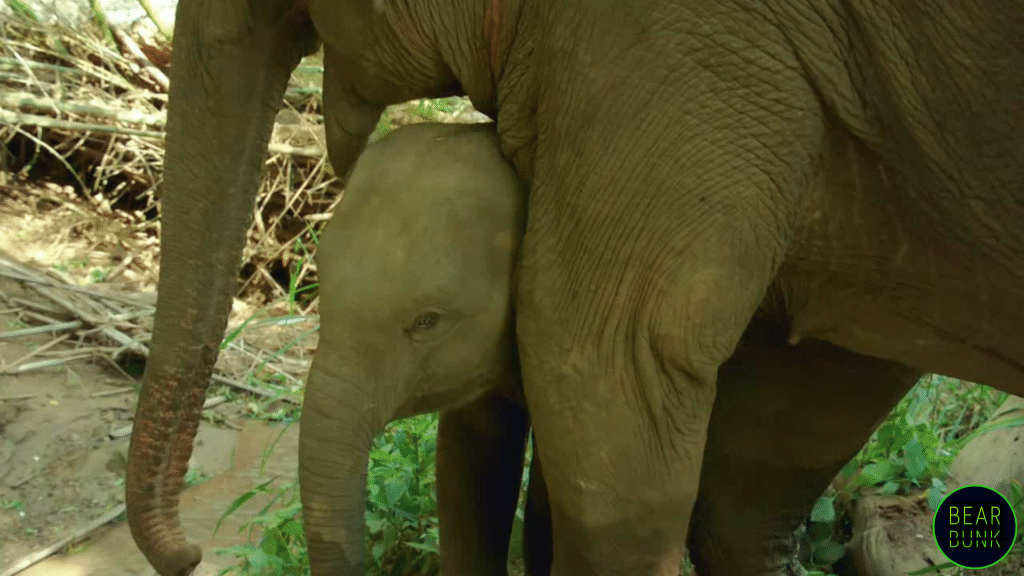
Share On Social:
Fun Facts
- An elephant’s trunk has over 40,000 muscles
- Elephants can sense rainstorms from 150 miles away
- They can “hear” vibrations through their feet
- Elephants flap their ears to cool down
- They can recognize themselves in mirrors
- Herds mourn lost companions
- Their sense of smell is stronger than a bloodhound’s
About Elephants
Scientific Family: Elephantidae
Number of Species: 3
Habitat: Africa and Asia (grasslands, forests, jungles)
Diet: Grasses, fruit, bark, roots, and leaves
Lifespan: 60–70 years
Unique Traits: Trunks with 40,000 muscles, deep social bonds, infrasound communication
Social Structure: Matriarchal herds for females; males often roam solo
Fun Fact: Elephants sleep standing up and nap only 2–4 hours a day!
Why We Love Them
There’s just something magical about elephants. Whether it’s their emotional depth, family loyalty, or sheer size, elephants remind us of the beauty of connection, compassion, and curiosity in the animal world. They’re more than gentle giants—they’re wildlife wonders.
Conclusion
From playful calves to wise matriarchs, elephants continue to capture hearts across the globe. We hope you’ve learned something new—and fallen in love all over again. Be sure to share this post, and don’t forget to explore more amazing animals right here on BearBunk!
Stay curious, stay kind, and keep discovering more amazing animals right here on BearBunk.
#MandarinDuck #WildlifeFacts #BearBunk #BirdLovers #NatureEducation
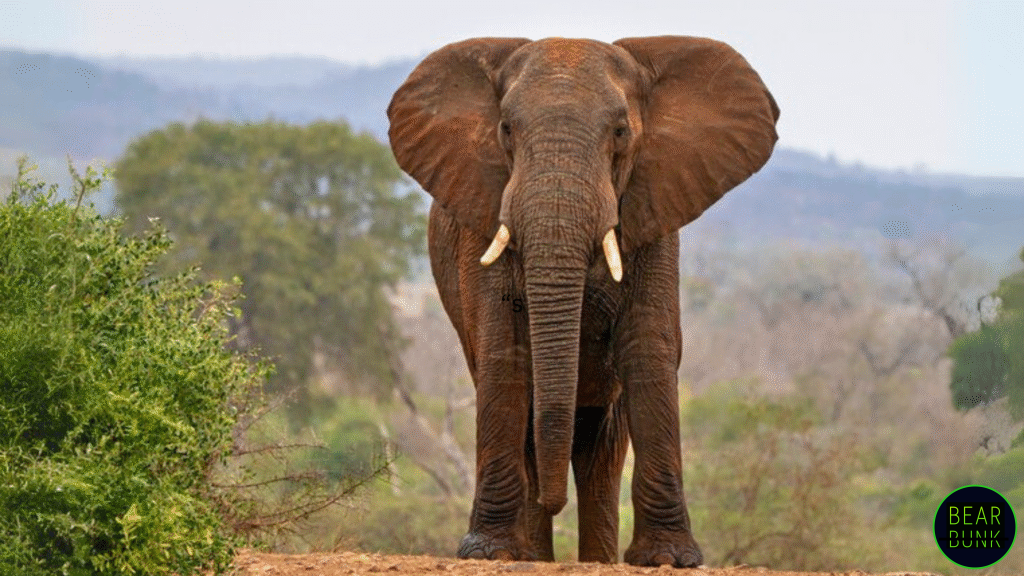
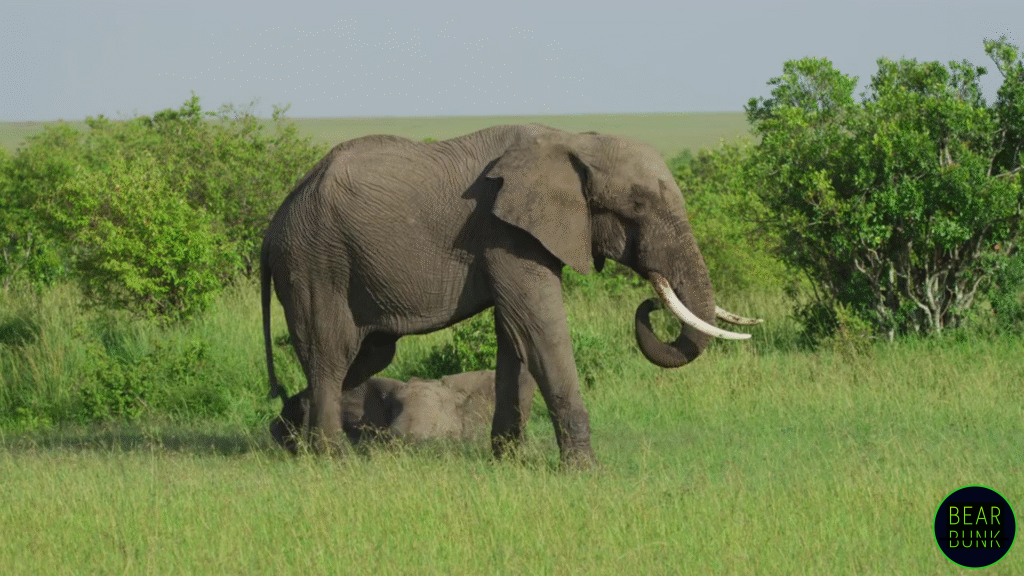
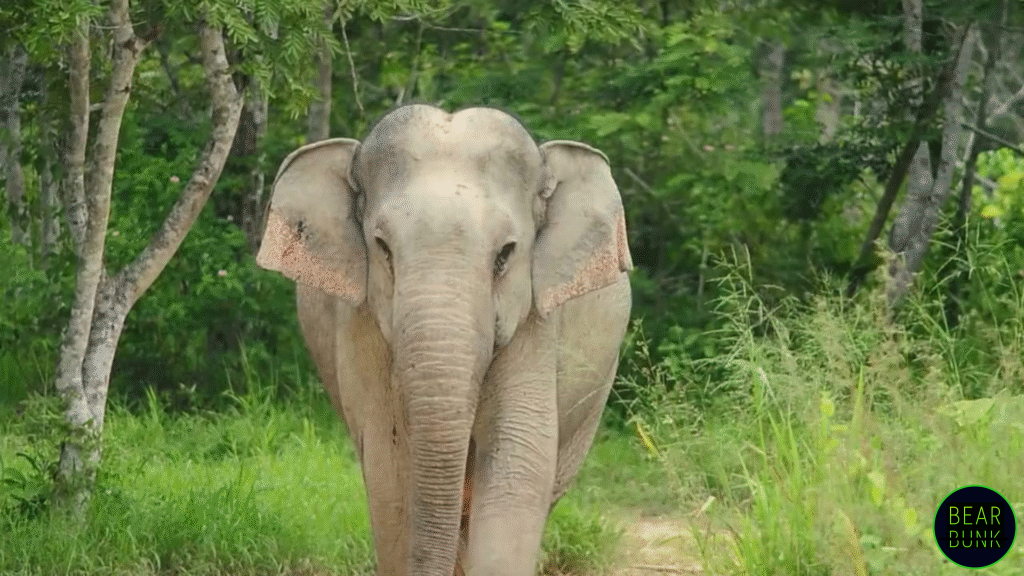
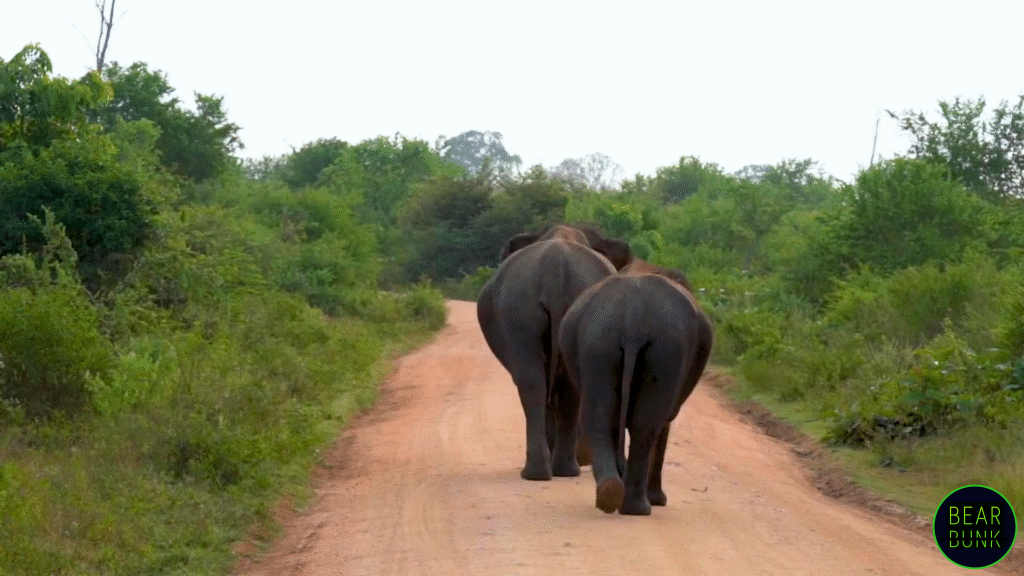
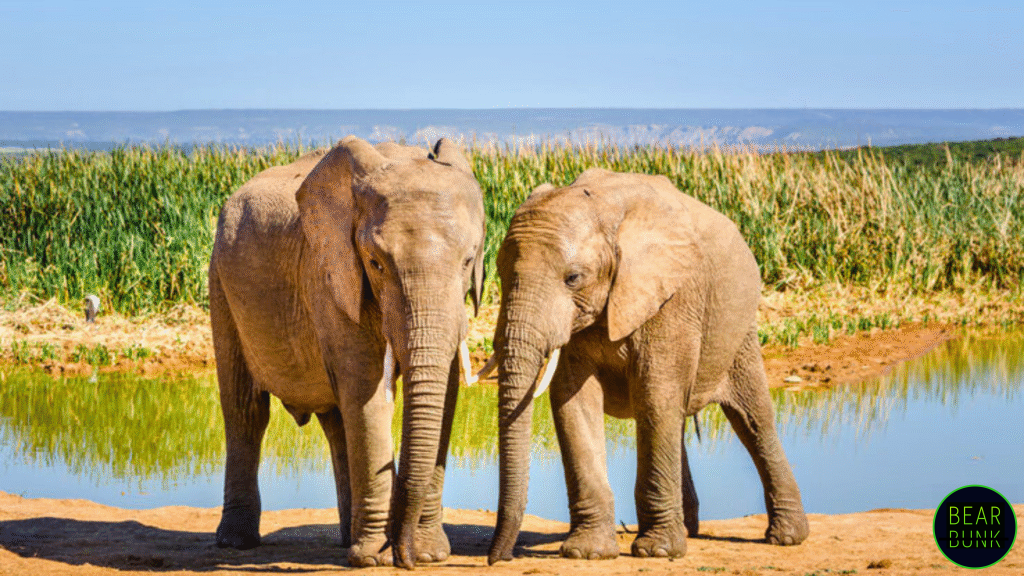
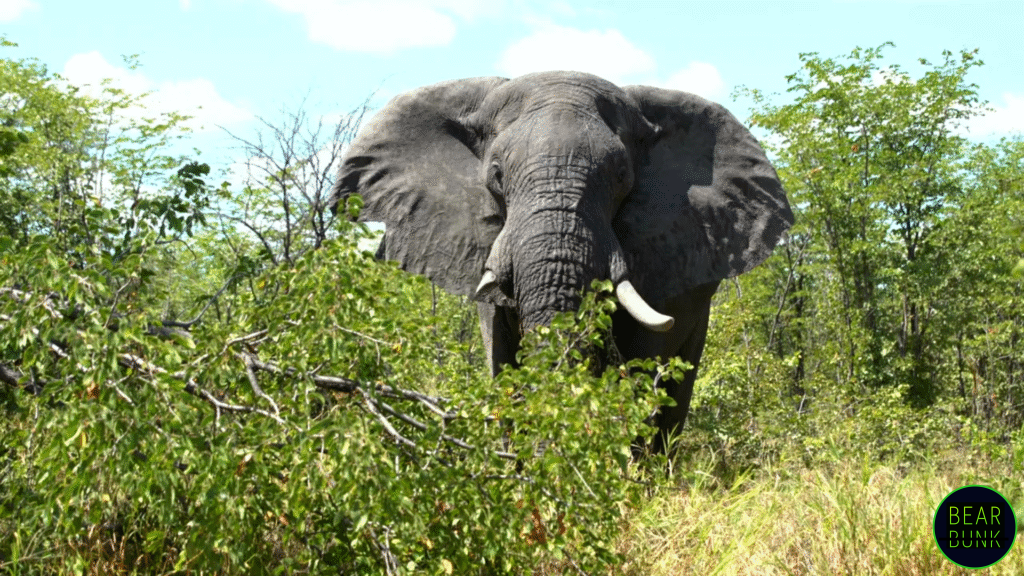
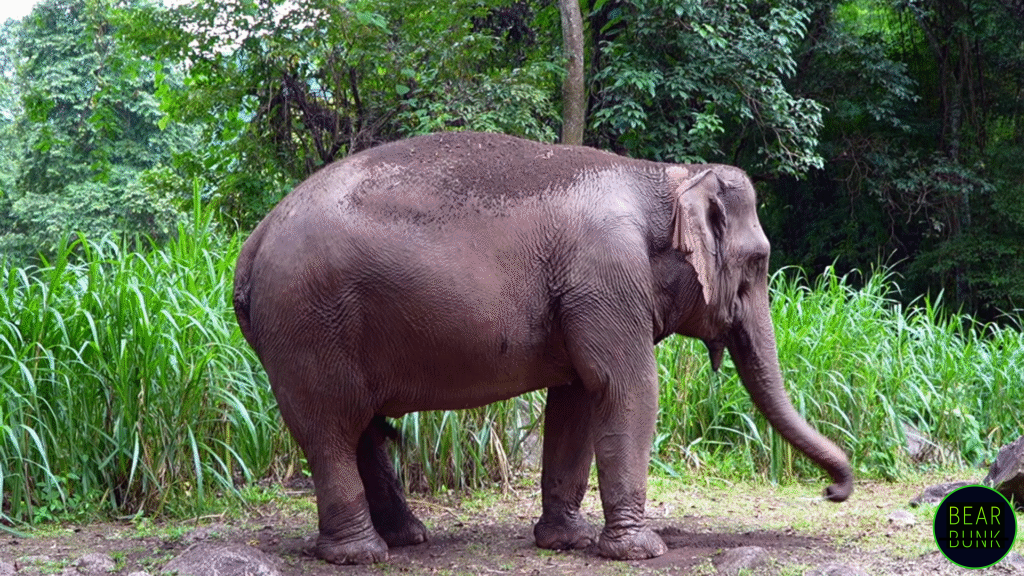
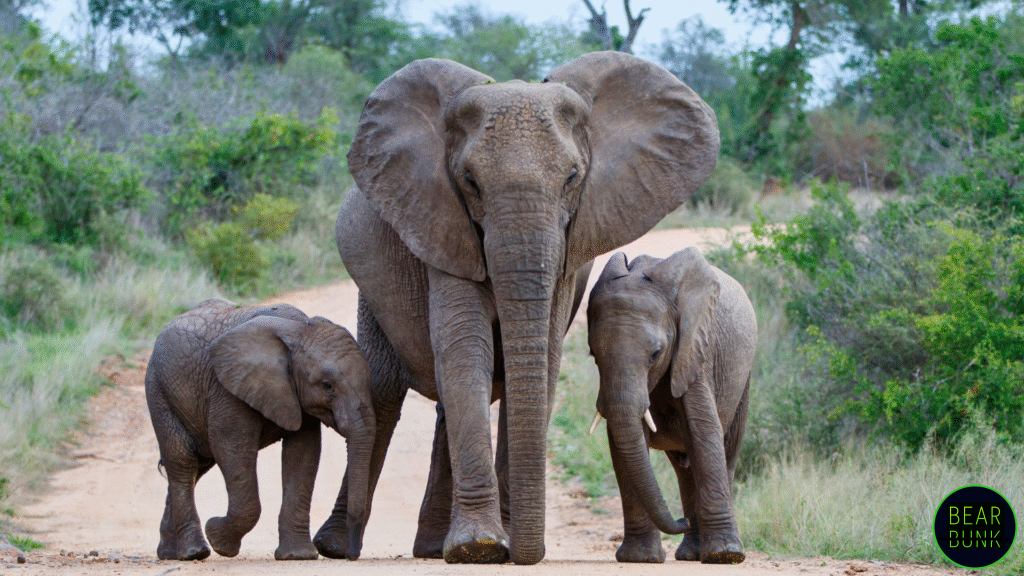
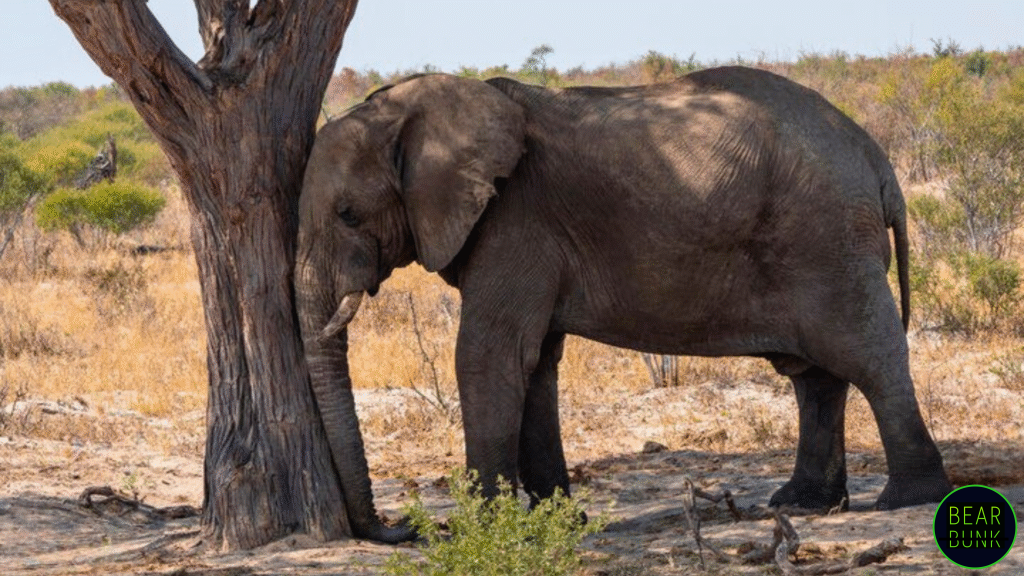
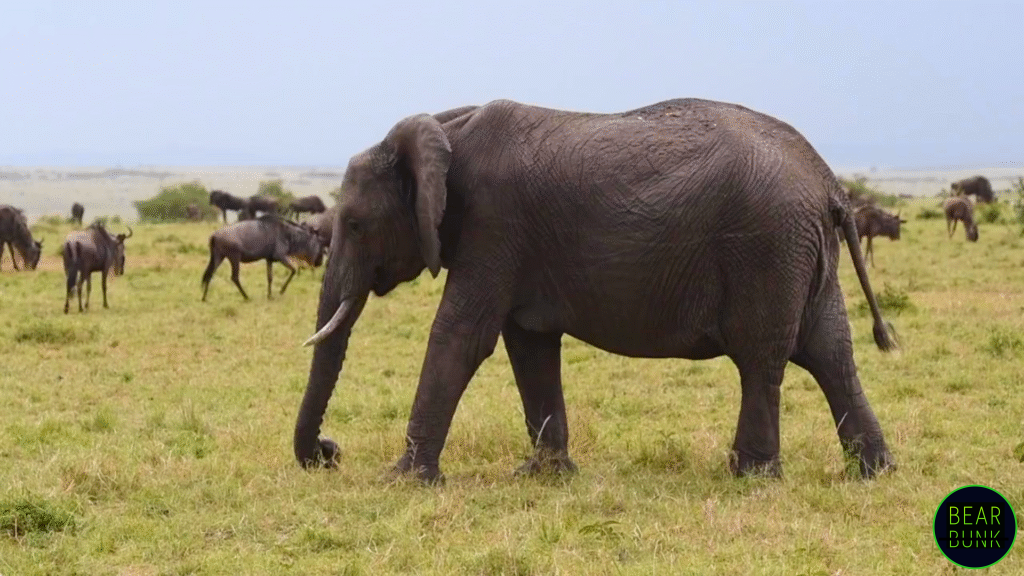
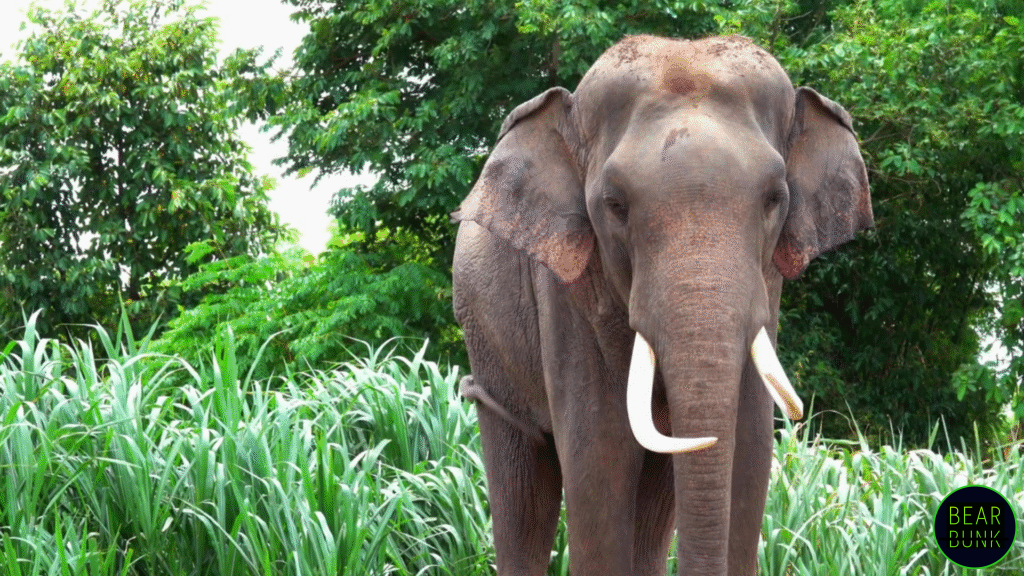

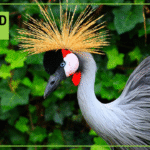




Leave a Reply